I would like to explore the potential synergy between architecture and theatre by drawing on two examples of experimental practice which highlight their effective combination. The Parliament of the Species (POS), a performative event in Norway, and the second, Home Sweet Home, an immersive installation which has toured four continents over a period of sixteen years.
The Parliament of the Species
The Parliament of the Species (POS), a multi-species place making event, used the theatrical technique of role play and applied it directly to the realm of urban planning. Fjord City, one of the largest and most ambitious waterfront developments in Norway’s history is described by Oslo’s government as aiming to "create attractive common areas and good vibrant urban spaces that are inclusive and accessible to the urban public" [1] yet at the same time, through concrete dominated landscapes and landfill operations, the natural habitat of marine organisms is threatened with destruction by the construction of the scheme [2]. The creators of the project, two artist scholars – Cecilie Sachs Olsen and Elin T. Sørensen – wished to challenge the development’s stated commitment to sustainability by experimenting with a more authentic engagement with the "non-human" stakeholders of the site. The result was a multi-species "parliament event" which included a group of fifteen to twenty participants representative of different ages and backgrounds, thus deliberately broadening the vary narrow definition of "expert" often used in urban planning contexts [3].
To facilitate expression of the non-human voices, the participants were split into three groups and asked to find multi-species "stakeholders" of the site. These inhabitants included: the swan family, the common periwinkle, the acorn barnacle, the grey alder, and the bedrock. Once each group’s stakeholder was identified they were asked to "get to know it better" including identifying its concerns and requirements for the site in question [4]. A democratic council session ensued in which the human participants gathered and acted as spokespeople for the multi-species stakeholders.
The theatrical tool of role-play worked to highlight the plurality of stories that exist in any one place and urban planning context. It effectively recast the dominant story of Kongshavn from a wasted or "empty industrial site", to a site beloved and inhabited by a multitude of species who use it as a "refuge" and a "shelter" protected from humans [5].
POS was positioned by Sachs Olsen and Sørensen as an "experiment" into the potential for this kind of work, using theatre as a forum to listen and account for the multitude of narratives present in planning contexts [6]. In this case, a very specific form of role-play helped to initiate and form connections and insights hitherto impossible to reach by a practice working in isolation.

Home Sweet Home
Home Sweet Home by artists Abigail Conway and Lucy Hayhoe is described as a durational, live-art experience that is spectator-led. In its essence, it is a "miniature flat-packed cardboard town" [7] which has life breathed into it as residents, in this case participants of the project, step into and engage with the installation. At the beginning of each installation, a large white canvas is set up featuring the bare necessities of the town or area it is being held in. These will include the pre-marked boundaries of the town, key geographical features and infrastructure like unmarked roads, streets and, importantly, the plots for future residents. This decision allows audiences space to "reimagine their city, to really have fun with what they think it needs or could be" [8].
As the cardboard town expands with more and more dwellings, neighbourly interaction begins to take place and citizens are encouraged to communicate and to take advantage of the services available which include a postal service, a local radio station (Residents FM), the community noticeboard, and the local council. It is through these conceits, facilitating interaction, that the life of the piece "really begins, the stories really begin to grow" [9].
Home Sweet Home’s relationship to the built environment is recognised by those in the profession: "architects see it as a model for an exchange of ideas between citizens and designers" [10]. Its connection to architecture is found not just in its ability to act as a conduit of ideas but also its ability to include and facilitate place-making for people who are "often excluded or oppressed from the architectural project" [11].
The project’s flat-packed cardboard dwellings are also uncannily reminiscent of the scale models used in architectural planning. Urbanist and critic Jane Jacobs famously felt that these scale models worked to conceal the necessary messiness of urban life and the "complex social intricacies that make the city work" [12]. Perhaps the brilliance of Home Sweet Home is its ability to replicate these ‘social intricacies’ through immersive theatre and interaction, while still maintaining the nostalgic vision offered by the scale model.
I would contend that through Home Sweet Home’s unique aesthetic and its invitation to imagine and to create, it has the capacity to interrupt the seemingly "fixed geographies of scale" of which we find ourselves a part [13].
Locating an urban future that works for us all, human and non-human will require interdisciplinary work. Ideas and practices are not rival entities, but tools to be harnessed and reinforced with one another. I believe that this collective energy and imagination can be translated into better urban planning in the future through the performative and transformative elements of theatre. At the heart of this is a call to action: to play, design, disrupt and imagine, combining the world of the stage with our city stage. For social and spatial justice let us apply theatre to the city.

Present Tense is supported by the Arts Council through the Architecture Project Award Round 2 2022.
1. City of Oslo, Oslo’s Fjord City, Oslo: Agency for Planning and Building Services. Available at: https://www.academia.edu/39362977/Oslos_Fjord_City, [accessed 1 August 2023], 2021, p. 3.
2. C. Sachs-Olsen, "Co-Creation Beyond Humans: The Art of Multispecies Placemaking", Urban Planning, vol. 7, no. 3, 2022, p. 318.
3. Ibid.
4. Ibid, p. 319.
5. Ibid, p. 320.
6. C. Sachs-Olsen, "Dissertation Research: The Parliament of Species", [email to P. Moore], accessed 29 July 2023.
7. Home Sweet Home, [website], 2006. Available at: https://www.homesweethomecommunities.com/homesweethome, [accessed 1 August 2023].
8. L. Hayhoe, Home Sweet Home by Subject to Change@ Macau Arts Festival, [video online], 2018. Available at: https://www.youtube.com/watch?v=SwztwEzcjKg&t=119s [Accessed 10 August 2023]
9. A. Conway, Home Sweet Home by Subject to Change, setting up in L.A, [video online], 2012. Available at: https://www.youtube.com/watch?v=SwztwEzcjKg&t=119s,[accessed 10 August 2023].
10. L. Gardner, "Do you like my wine gum garden", The Guardian, 9 July 2008. Available at: https://www.theguardian.com/artanddesign/2008/jul/09/art.architecture, (accessed 10 October 2023).
11. F. Kenney and V. Shukl, "Black Panther's Utopian Project: The Innovative Potential of Fiction and Speculation by Non-Architects: El proyecto utopicode Black Panther: El potencial innovador de la ficcion y la especulacion de losno arquitectos", Dearquitectura, vol. 26, no. 44, 2020.
12. P. Cano. "Why are Scale Models So Appealing?", Arch Daily, [Blog], 26 March 2023. Available at: https://www.archdaily.com/994328/why-are-scale-models-so-appealing, [accessed 6 August 2023].
13. H. Nicholson, "Attending to Sites of Learning: London and pedagogies of Scale", Performance Research: A journal of the Performing Arts, vol. 17, no. 4, 2012, pp. 95-105.
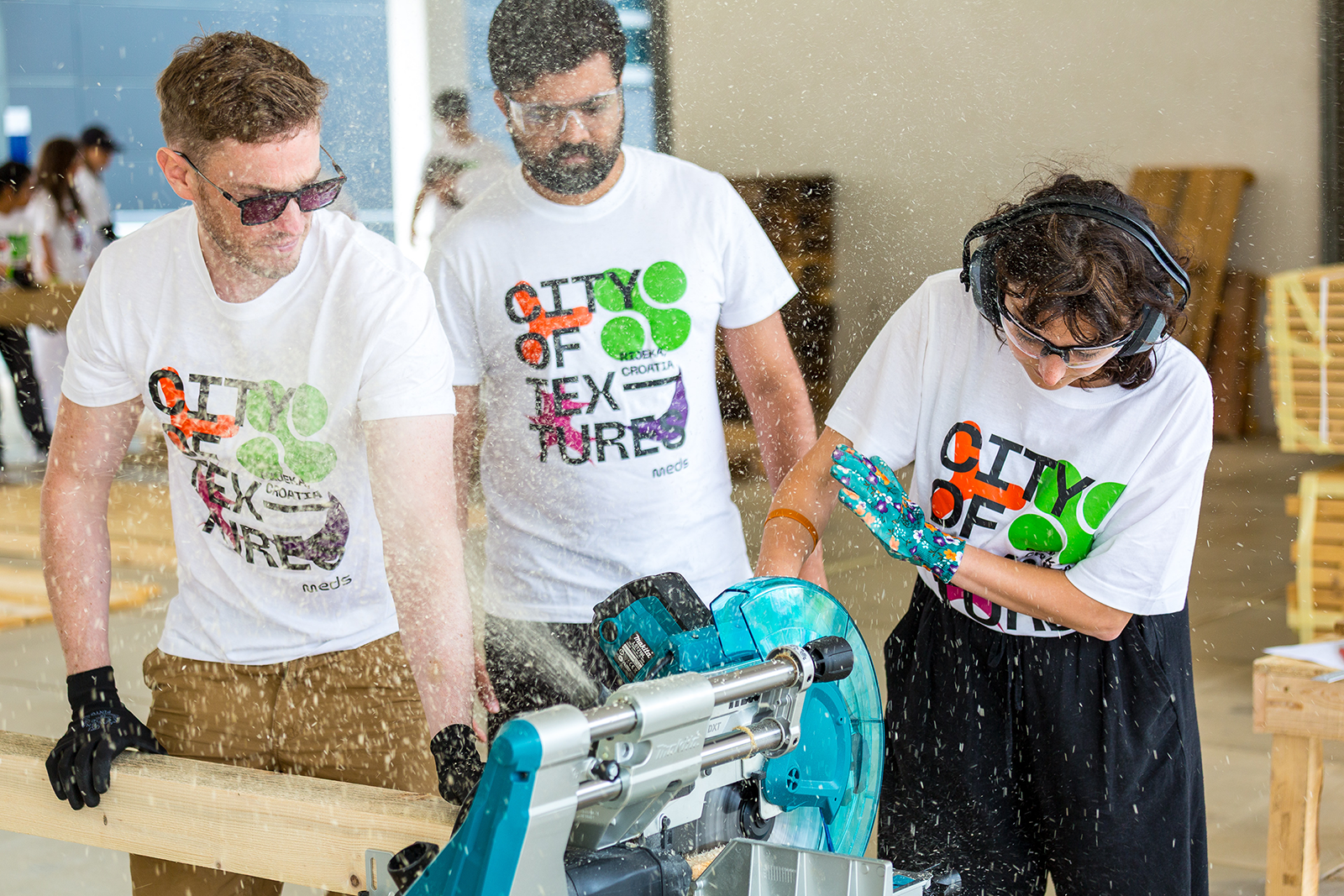
Interdisciplinary gatherings are rare, yet extremely useful because they allow people from various fields to meet, exchange information, influence each other's point of view, and to learn from one another in a way which is unique, unpredictable, and dependent upon the nature of participants field of discipline.
For various reasons, art and design-specific interdisciplinary gatherings seldom occur. Firstly, artistic occupations are generally quite competitive, so may prove reticent to share their processes. It is unfortunate as I firmly believe the more artists that one surrounds oneself with, the more one can explore their own process, even more so when it comes to an international gathering of artists and designers who would not otherwise meet.
Secondly, artistic communities are usually formed by a group of people interested in the same form of art, which is certainly beneficial when it comes to improving one’s technique. Nonetheless, learning from someone who is focused on a different discipline, thus confronting an unexpected perspective, is extremely useful. For instance, a painter and a fashion designer are both interested in colours: comparing their approaches can be eye-opening and thought-provoking for both. Being so rare, when people from various countries, disciplines, and professions do meet it is unforgettable and extremely enriching.
One such opportunity is MEDS, ‘‘Meeting of Design Students’, an annual international event that unites creative students from different fields together with practising professionals to share knowledge and skills and form meaningful connections through collaboration the medium of hands-on innovative projects.
A platform for creative and cultural exchange
MEDS is an international, non-profit, two-week event. Although adored by many international students, it is usually only through word of mouth that one gets to hear about it. This article is intended to raise awareness of this event, as it is a unique opportunity providing a wonderful and enriching experience both for students and young professionals alike to learn new skills and meet like-minded people. MEDS brings together students from various creative fields as well as professional practitioners to share knowledge and skills – “It promotes design’s positive societal impact, fosters interdisciplinary collaboration, and offers designers a platform to build connections, unlock potential and apply their talents outside the faculty” [1].
MEDS began in 2010 and has been held almost every year since. It has been hosted in a different country every year: Ljubljana, Slovenia in 2012, Dublin two years after, and Zaragoza, Spain in 2022. The event usually spans two weeks in August and gathers around 150 participants from all over the world.
To attend, one has to fill out an application form and complete a creative task. If selected, you become a member of a ‘national team’ including about 10 people from each particular country. Every participant chooses one of the proposed projects and spends two weeks working on it. The philosophy of MEDS rejects any hierarchy and so the tutors, who are open-minded professionals volunteering their time, and the participants develop and shape the project outcome together.
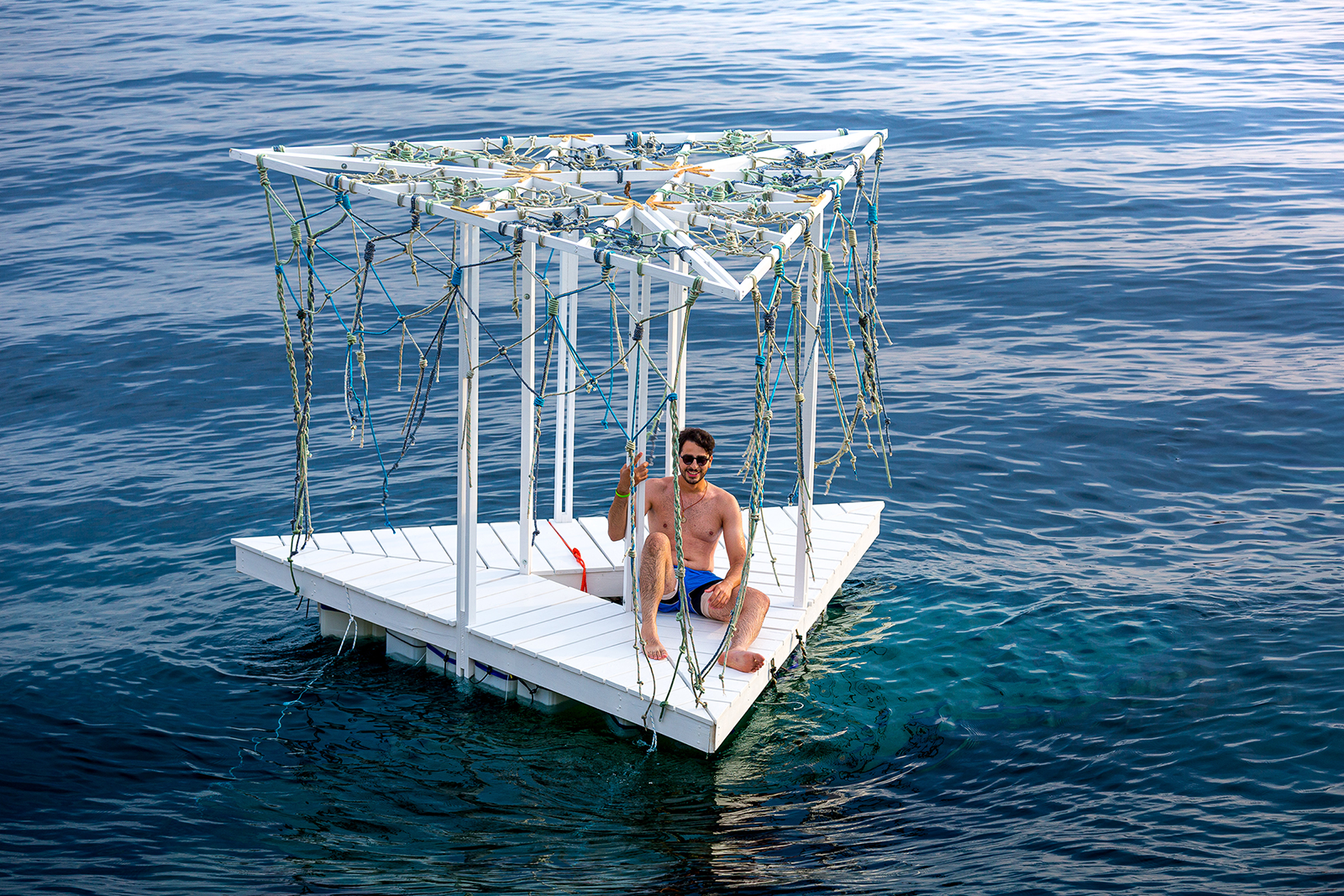
Projects / Workshops
This year’s Meds revolved around Rijeka, the ‘City of Textures’. All projects were typically hands-on, site-specific, and responded to the city and its context.
For instance, a project called ‘Urban Outf***ers’ led by Iva Mandurić, Vili Rakita, and Lea Mioković was an opportunity to design one’s outfit, a personal urban equipment, a public space survival kit to inspire and possibly shape one’s environment as soon as it’s taken off and left in public space. Something that was originally personal and individualistic suddenly became a part of public space to encourage interaction.
Anyone with a project in mind can become a tutor. A project called ‘Fialaigh’ (a veil, screen, or cover) was led by three TU Dublin graduates. All three, Christan Grange, Stuart Medcalf, and Shane Bannigan, studied architecture at Technological University Dublin and came to Rijeka to guide a project that was focusing on ‘themes of vacancy, occupation, value, and ephemerality, using spatial installation and film and the interface between them to interpret, capture, express, and let emerge narratives in our work’, as the tutors put it.
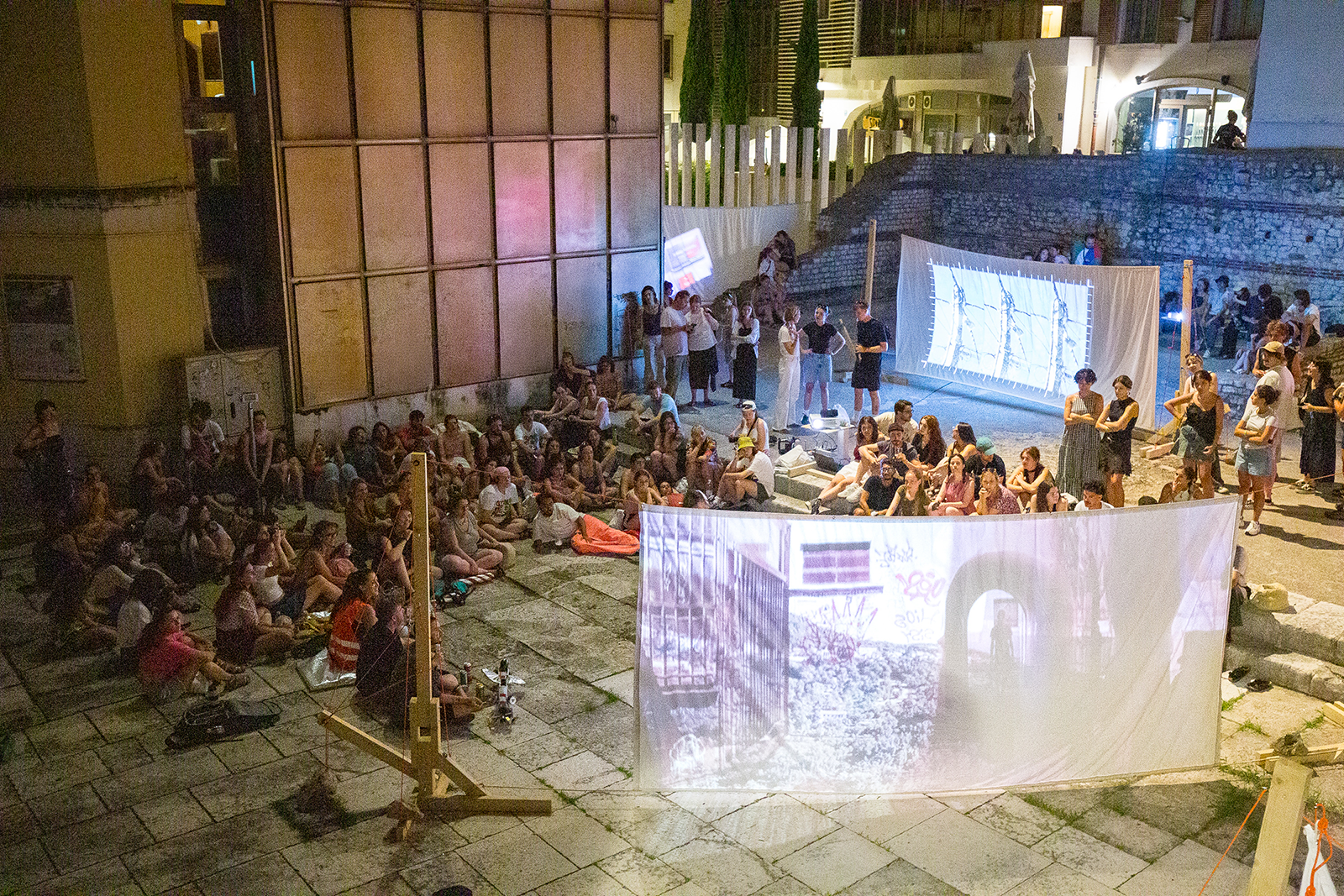
Had one wished for a building and construction-related project, one could have chosen from at least two options. The ‘Black Thought’ project proposed by designer Çisem Nur Yıldırım and the practising, Barcelona-based architect Alberto Collet involved building a sustainable wooden pavilion inspired by the Japanese technique Shou Sugi Ban. The other option offered rammed earth construction and tile production linked to themes of migration.
‘Plivatri’ and ‘Rječina’ were projects that designed public space interventions including a floating wooden platform for about eight people to hang out on, and pieces of public furniture made of scraps found on a trash pile for people to sit, share, and interact. Two of the tutors for ‘Plivatri’, Leda and Ahmad, met during MEDS workshop in Poland in 2021. Leda is a Cypriot designer based in the Netherlands, and Ahmad is a Lebanese architect and urban designer with experience across Europe and the Middle East. Leda later met Stephanie (a Romanian industrial designer) during their studies in Eindhoven. All three are passionate about alternative paths and collaboration across different disciplines and therefore teamed up as tutors.
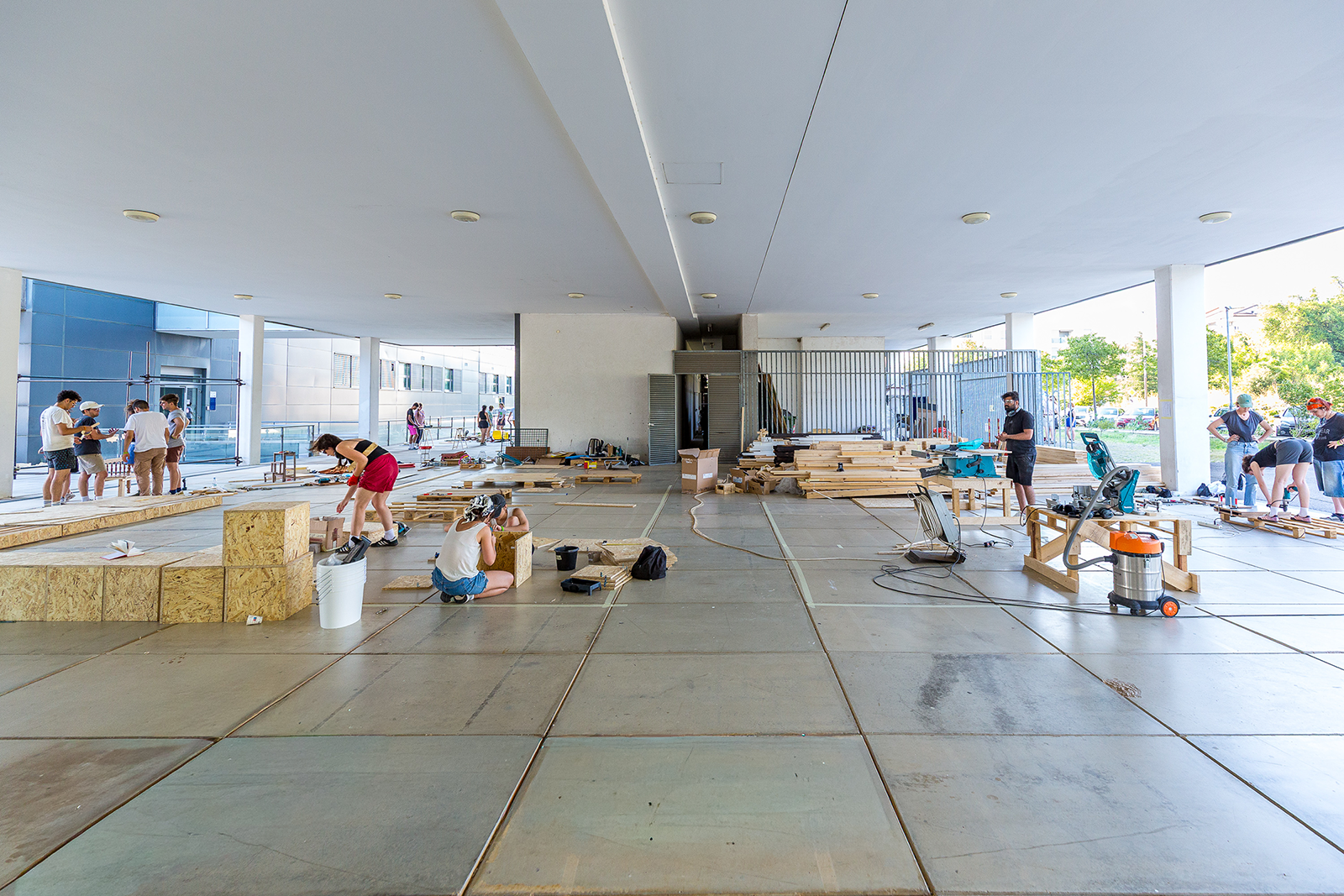
Last but not least, three Warsaw Polytechnic students were the tutors of the ‘Pop Of Colour’ project this year. Although Mateusz, one of the trio, has just finished a Bachelor’s in Architecture, he is a graffiti artist himself. Inspired by numerous murals all over Rijeka as well as its industrial heritage and sea-side views, the task was to co-design and paint a mural on one of the walls of the local school gym, make a few pieces of simple furniture, and design a few playground games. The playground and gym remained open during the day allowing local children to pop in and observe the work in progress.
The MEDS community firmly believes in involvement with local communities, and therefore organises guest lectures to foster the connection between international students and the whole community. From friendships, collaborations, and professional networks, connections built at MEDS last long after the event ends.
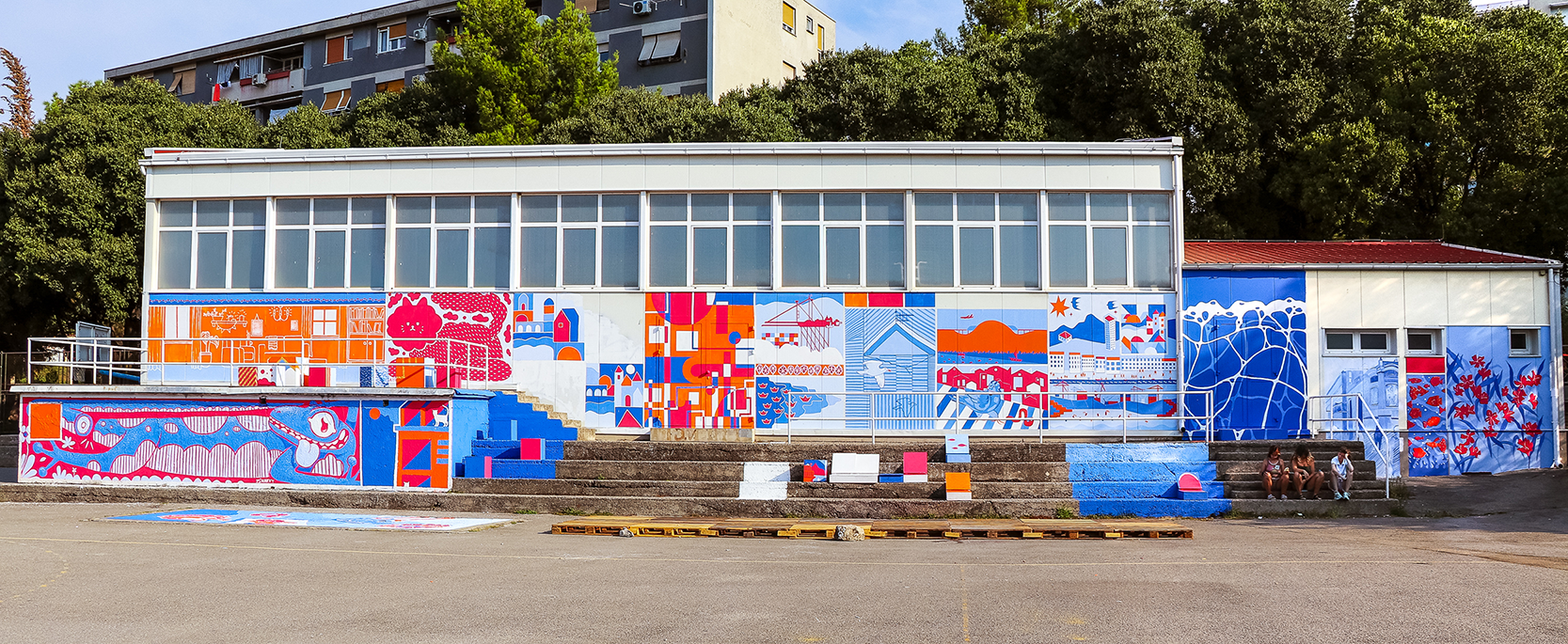
Living the MEDS experience
MEDS is a purely student organisation run by students, recent graduates, and young professionals (once participants themselves) who make the event happen year by year, advocating for this broader, collaborative approach. The whole event is organised by a different national team every year and is heavily reliant on various sponsors. Accommodation is usually simple; participants and tutors stayed in the local school in Rijeka. Surroundings are different every year, but enthusiasm, curiosity, and creative energy remain. As places at MEDS are limited, there is luckily a very similar organisation called EASA (European Architecture Students´ Assembly). Following the same principles, it is mostly attended by architecture students however. MEDS is an international multidisciplinary event for art, design, and architecture students as well as practising artists, designers, and architects to broaden their skills and develop creative ideas.
Above all, it is a wonderful opportunity to establish long-lasting connections between people, disciplines, and cultures in a cross-disciplinary, collaborative environment..
Interdisciplinary gatherings, and particularly those of an artistic nature, offer a great opportunity to learn in unpredictable ways by bringing together creatives from diverse fields. In this article, Kristýna Korčáková explores how the ‘MEDS’ programme provides this chance.
Read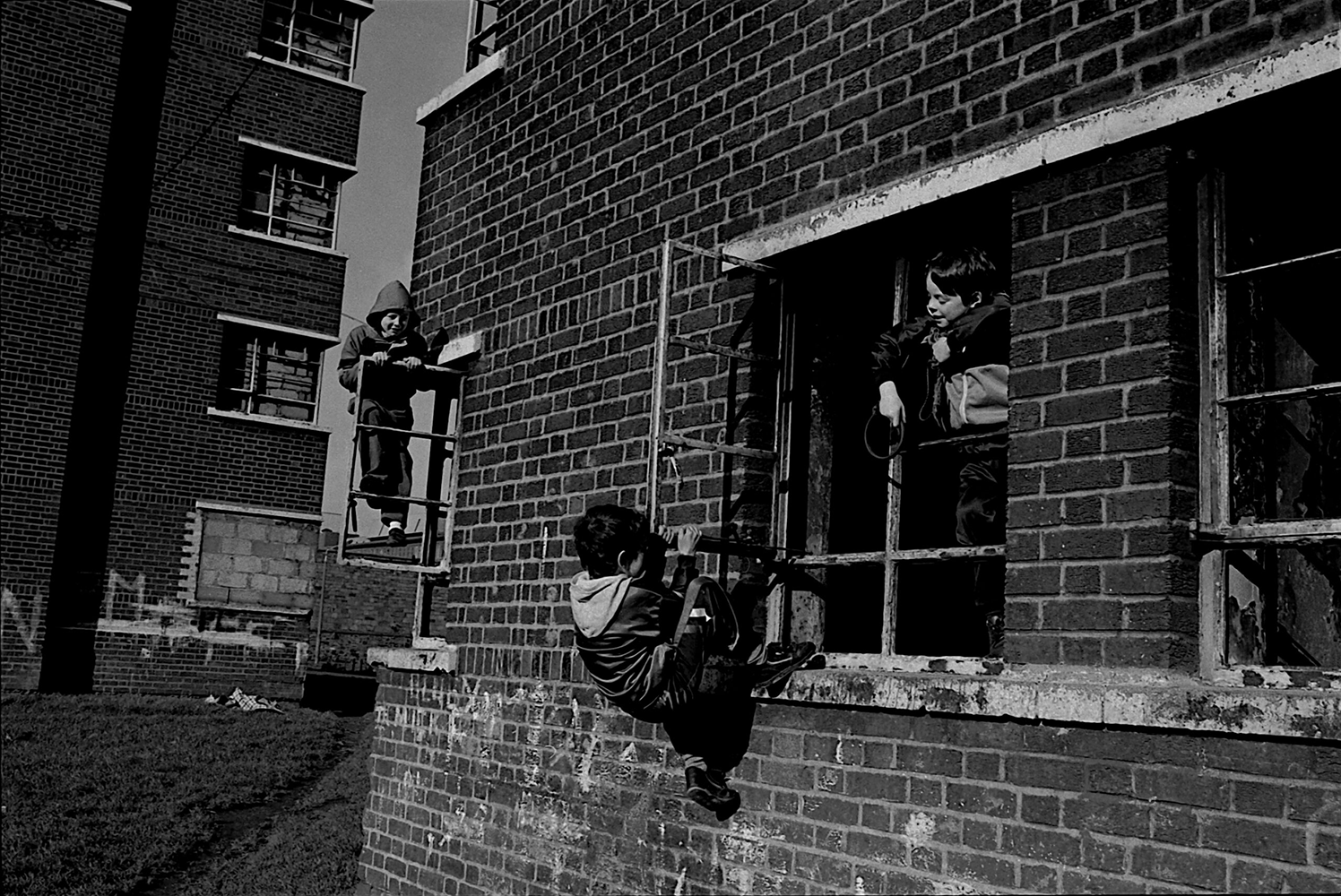
Yet in Ireland today, the built environment is too often defined by crisis; housing shortages, vulture funds, stalled planning, delayed public infrastructure, and sprawling suburbs with inadequate public transport. Across these challenges, one pattern is consistent - people’s needs have been systematically sidelined in favour of economics. This raises two critical questions; how did people become invisible in planning, and how has this eroded public trust?
To contextualise this argument through a recent controversy, the proposed redevelopment of Sheriff Street has been presented as a scheme designed to ‘regenerate the area’ and tackle underdevelopment. Yet, Rainbow Park, a green space in the heart of Sheriff Street, remains untouched despite long-standing calls from residents to transform it into a vibrant hub. According to Mark Fay, chairperson of the North Wall Community Association, residents were also blindsided by the announcement, revealing how little meaningful consultation took place.
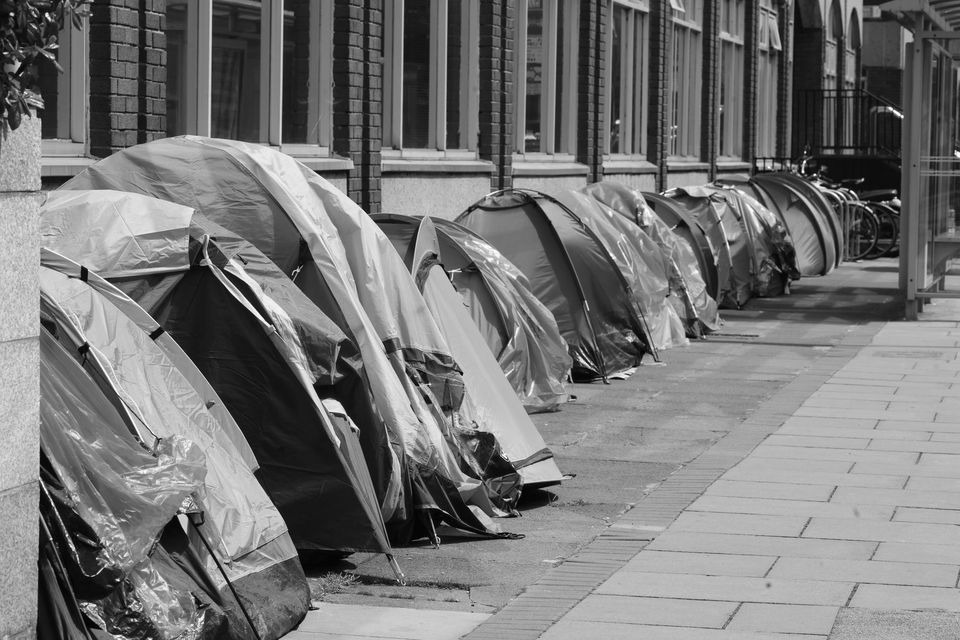
Urban theorist David Harvey has argued that regeneration often masks gentrification, where the well-being of current residents is sacrificed to increase property values. The office blocks and luxury apartments planned for Sheriff Street are designed for people largely ‘unindigenous’ to the neighbourhood, while those already living there risk cultural erasure. This is part of a larger pattern of gentrification dressed as renewal, sanitising inequality rather than addressing it.
So how might architectural practice move away from this cycle and begin to approach the built environment in a genuinely democratic way?
Public consultation has been offered as a solution, but in practice often amounts to little more than a box-ticking exercise. Public forums tend to come late in the design process, when decisions have already been made, leaving residents feeling duped. In order to truly facilitate democratic design, communities must be involved from the very beginning, when needs and opportunities are first identified. This must then be followed by genuine co-authorship, where residents have a real stake in shaping outcomes. And even this is not enough if architects and planners fail to develop empathy for the people behind the feedback.
This is where the act of ‘writing people back into design’ becomes important. ‘Fictional Narrative Writing’ is a methodology that I have developed which merges writing, storytelling, and narrative empathy, helping designers to integrate people and identities into their work. This involves creating characters and scenarios drawn from what is learned in the early stages of design development, and then designing through their eyes. Imagine Susan, aged forty-six, recovering from a hip replacement, needing to move comfortably through a building or public space. Or Steven, aged sixteen, with little money and nowhere safe to gather with friends. How might a street, square, or public building serve both of them? By imagining these lived experiences, architects are forced to consider how spaces perform for different people, ensuring that those consulted at the start are not only listened to, but remain present and visible in every stage of design.
By embedding empathy in practice, designers begin to understand diverse people’s needs, desires, and vulnerabilities, while the public sees themselves reflected in the design process. This mutual recognition rebuilds trust, transforming the built environment from a top-down imposition into a shared project of social life.
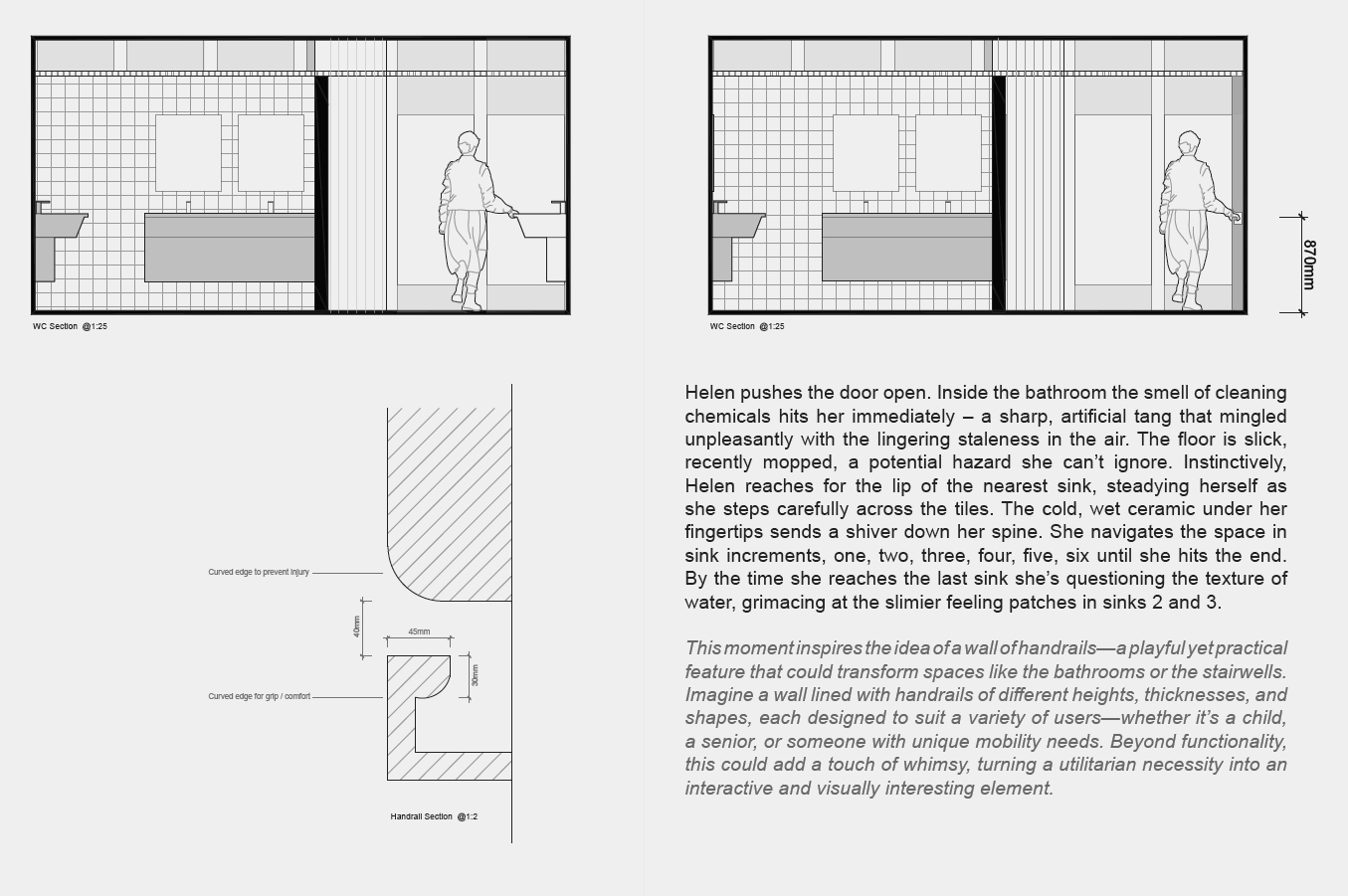
Above all, this methodology requires us to acknowledge that architecture is never neutral. Every design decision is a social, and therefore political, decision. This is not a plea for grand gestures, or expensive experiments. Often, small interventions can transform how a space is experienced. A family-friendly bathroom that gives independence to children. A sheltered bench that restores dignity to those waiting for the bus. Free, accessible indoor spaces that provide refuge to teenagers who have nowhere else to go. Inclusive facilities that allow people to exist without fear of scrutiny. These are not luxuries. They are the basics of a society that values its citizens.
Ireland is at a crossroads. The choices we make now will determine whether the built environment continues to alienate, or whether it begins to reconnect people, and foster a sense of community. We can persist with Tetris-block developments dictated by developer economics, or we can restore architecture’s social purpose. The shift will not come overnight, nor will it come through tokenistic frameworks. It requires a change of mindset, to see people not as passive recipients but as co-authors of the places they inhabit. It requires putting dignity and a sense of belonging on equal terms with cost and efficiency. It required introducing empathy as a design tool.
If we succeed, trust can be rebuilt. Our cities and towns can become places of pride rather than disillusionment, and the phrase ‘built environment’ can return to its true meaning: the collective spaces where people live - and live well.
It is time to write people, community, and democracy back into Ireland’s built environment.
The built environment is defined by Oxford Languages as ‘man-made structures, features, and facilities viewed collectively as an environment in which people live and work’. Looking beyond the sexism, naïve assumptions of inclusivity, and the capitalist emphasis on perpetual labour engrained in this definition, two words stand out: ‘people’ and ‘live’. I highlight these words as a reminder of the purpose of the built environment, and for whom it exists. The built environment should be a proactive space that empowers people to live a comfortable, functional, and democratic life.
Read
There are two ways to look at the collision of one's beliefs having pursued an architectural degree, and starting one's first job in architecture. A collision between one's assumptions and reality may not be the nicest experience, yet it can be truly valuable. Such collision, as long as either of the two doesn't change, is inevitable. Such a collision between an architecture graduate's thoughts, and the reality of working in a practice can have positives and negatives – but such an occasionally uncomfortable thing can be beneficial, and in fact broaden a graduate's skillset.
When the two worlds collide
Architecture is mainly taught through a five-year course. Students optionally, and quite often, take ‘a year out’ between third and fourth year to (most often) work in architectural practice, which is likely to be their first long-term and intense experience with architecture as a career. As long as architecture is taught in the manner it is, the collision between a student's assumptions and beliefs, and their real-world priorities is almost inevitable.
Such a collision creates an opportunity to question their real-world priorities, and might possibly lead to their improvement, or at least understanding of their role in practice. This can make following their principles easy, intentional, and sensible. However, such collision can, in reality, prove an obstacle – when the theory and the practice don't align, the theory can often feel like a waste of time. This should, in turn, be an incentive to challenge the theory or even practice, so that students and graduates would feel more familiar with life after graduation – if familiarity is considered the only ‘right’ way to be prepared.
Collision as a benefit and an opportunity
Collision between one's assumptions, beliefs, and priorities, and with every-day architectural practice is inevitable due to the nature of how architecture is sometimes taught. In college, one goes through years of working on various projects in theory to learn how to think when it comes to creating space. For instance, one is expected to pay attention to how the space feels, how it gets constructed and used, about its environmental impact, and last but not least, what it looks like.
Nonetheless, designing in an architectural studio seems to be rarely led by these criteria, although they are hopefully the ultimate goal. For example, affordability, practicality, and buildability most often seem to be more important than aesthetics, comfort, and innovation.
Aesthetics is invariably resolved by manufacturers producing a tested list of windows and doors, bricks, kitchen cabinets, and roof tiles to choose from, which are generally considered aesthetically pleasing, but most importantly buildable. They are mostly prefabricated and rely on certification, and a builder’s familiarity with them. This in turn ensures that they are the most affordable option, a priority – particularly in housing. An attempt to use bespoke windows, with a particular aesthetic in mind, will prove pointless due to the cost of production, testing, and certification. This naturally leads to a question as to whether one can design and construct a thoughtful building whilst almost entirely using prefabricated products. More pertinently, a graduate may wonder whether one can aspire to design aesthetically pleasing buildings at all – these may begin to feel like the naïve remain of the college experience that fades away with time?
Comfort has been (allegedly) defined by minimum sizes of houses and apartments, along with sizing bedrooms, storage spaces, living spaces, balconies, and terraces through housing guidelines – along with often-used typical details of construction elements such as precast concrete floor slabs, or particularly timber frame panels. In this instance, it feels as if there is no need for another Le Corbusier´s ‘Modulor’ studied in the college environment. Here, one was encouraged to re-think what has been established to understand it, and to aspire to improve upon it. Indeed, the fact that something has long been constructed in a certain manner does not mean it is being built in the right way – so how can one be sure that the prescribed and recommended design is ideal, if one is not encouraged to question it?
Innovative solutions are imprisoned between building regulations and cost requirements that are often non-negotiable. One can either view them as a challenge or as a barrier, and given architecture's role in tackling various societal issues and in making our environment a better place, it feels best to see them as a challenge.
In truth, the collision between a freshly college-influenced mind and the architectural world poses several questions which could lead to an improvement of the real-world rules by which we construct spaces, an improvement rooted in not accepting reality as it is. In other words, I believe perceiving all the limitations as a challenge rather than as a barrier is the best way in which to improve our built environment.
Collision as an incentive
Nonetheless, the collision between architectural theory and architectural practice can also be viewed as a wrinkle that needs to be ironed out of a graduate. Resolving this discrepancy can be performed by changing the means by which architecture is taught, by establishing fewer rules, and by making both theory and practice more intertwined.
Architectural courses should enhance one's creative and problem-solving skills, as well as one´s interest in new solutions and techniques. However, in practice affordability and practicality often prove more important than aesthetics and innovation precisely because they ensure people have a roof over their head, and the safety provided by that essentially offers comfort. It can often feel as if there is no use in pursuing one´s creative skills and innovative thinking, as building regulations and design manuals have already tackled various scenarios. In this reality, architectural courses should perhaps be more reflective of the real work environment, and the philosophy of practice.
This collision could be avoided by changing the way architecture is taught. If theory were more like everyday practice, graduates would be provided with a more realistic view of what a career in architecture will be like. In principle, this would allow a student make a more informed decision as to whether a career in architecture is what they aspire to.
Collision as a way to improve
This collision is a good thing because it creates potential for improvement, and disillusion can encourage one to discover a different way to make use of one's skills. It creates space for questioning, understanding, and possibly improving architectural practice and, in turn, our environment – rather than choosing to resign oneself to an inevitability.
In this article Kristyna Korcakova discusses the preparation education provides architectural graduates, and explores whether this is the most accurate preparation for architecture in practice.
ReadWebsite by Good as Gold.